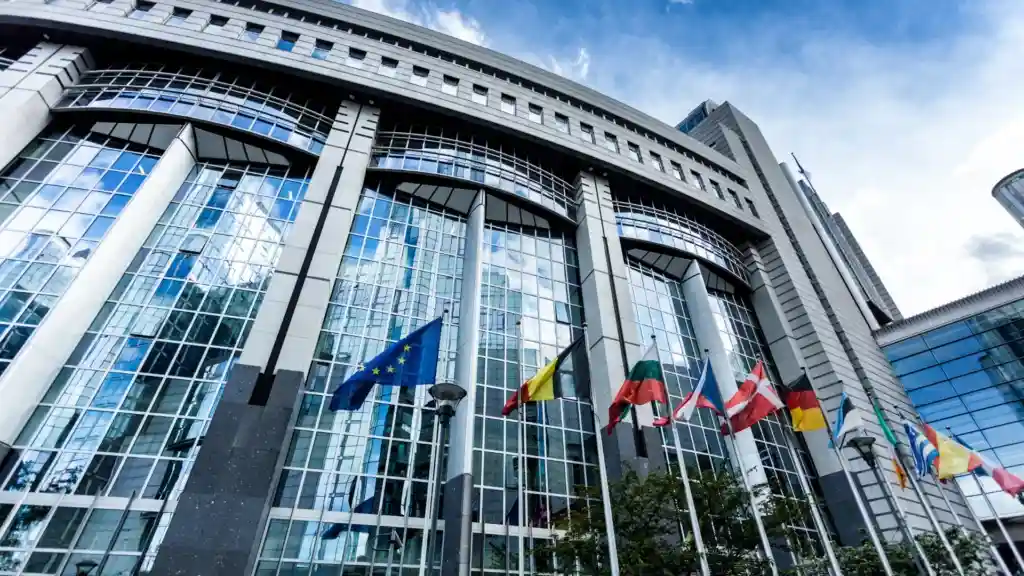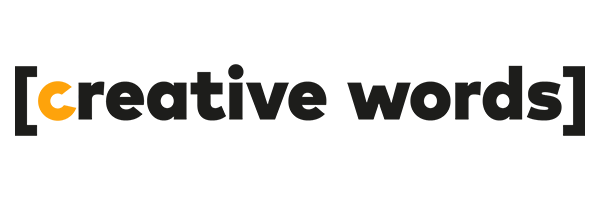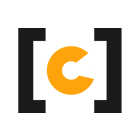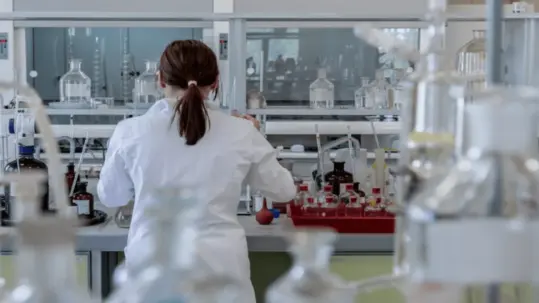
16 Mar Technical Translation for European Exports: requirements and regulations
The European single market has facilitated the export of goods and services within the European Union. However, in order to export products to another country, stringent regulations must be respected. In this article we will look at the peculiarities and challenges of technical translation for exports in the European context.
The introduction of the European single market is undoubtedly one of the EU’s greatest successes. Established in 1993, it is an economic area without internal borders that envisages the free movement of people, goods, services and money.
The European single market includes all 27 EU states and four members of the European Free Trade Association (EFTA): Iceland, Liechtenstein, Norway and Switzerland. In total, therefore, the area includes more than half a billion citizens.
According to data from the European Commission, in 2019 intra-EU trade had reached a value of about 3 trillion euros, accounting for 60% of total exports and 67% of imports of EU countries.
Considering the above, many small and large enterprises have a clear interest in exporting their products to other European countries. However, in order to sell goods and services abroad, it is necessary to comply with European consumer communication and information requirements.
In practice, this means that any goods or services exported to another EU country will have to include clear and detailed user and safety manuals that are translated into a language the population can understand and that meet stringent European standards such as the Machinery Directive, which we will discuss in more detail below.
In this new article, we will therefore discuss the importance of technical translation for exporting within Europe, focusing on the requirements and regulations that must be met to ensure that products comply with European laws.
Technical translation for European exports: the importance of the Machinery Directive
When it comes to the export of technical components within the European Union, reference must be made to the Machinery Directive 2006/42/EC , a European Union regulation that establishes safety requirements for ‘machinery’ manufactured or imported within the territory of the EU.
Of course, machinery is understood as all technological equipment (including safety components) intended for use in workplaces or public places. This includes interchangeable equipment, lifting accessories and more. However, the directive also affects machinery already in use, as it also imposes maintenance and safety surveillance requirements.  The Machinery Directive was passed in 2006 to ensure the safety of workers and users of machinery, with the aim of preventing workplace accidents and injuries by establishing design and manufacturing requirements for both the machinery itself and safety components and control systems.
The Machinery Directive was passed in 2006 to ensure the safety of workers and users of machinery, with the aim of preventing workplace accidents and injuries by establishing design and manufacturing requirements for both the machinery itself and safety components and control systems.
The Machinery Directive also requires that machines undergo what is known as a conformity assessment, which can be carried out by accredited certification bodies. The conformity assessment includes various tests, examinations and checks to ensure that the device meets all safety requirements.
In particular, the Directive clearly states that machinery should be accompanied by detailed technical documentation, including an operating and maintenance manual, installation instructions, and a list of hazards associated with the use of the machine. Of course, all documents must be written in a ‘language understandable’ to users of the device, to whichever country it is exported.
Therefore, technical translation for exports to the European arena proves indispensable if you want to sell your technical components abroad. Of course, the translation will have to meet strict quality criteria, so as to ensure end users perfectly understand the product and, most importantly, protect the manufacturer from any legal problems caused by a misinterpretation of the user manuals.
Key features
A translator of user and safety manuals for a machine who wants to ensure compliance with Directive 2006/42/EC must pay attention to several aspects:
- Specific terminology: the Machinery Directive uses technical and very specific language to describe the health and safety requirements of machinery. As a result, the translator will need to know and be able to identify all the technicalities present, making sure to report them correctly in the target language. For example, ‘residual risk,’ ‘security systems,’ ‘security controls,’ and ‘conformity assessment’ are mentioned in the directive, all of which have very precise meanings and implications and need to be accurately translated.
- Local regulatory requirements: although the Machinery Directive is to be applied in all EU member states, there may be slight differences in specific local requirements, which the translator will naturally need to know and apply.
- Text complexity: as you have likely realised, the Machinery Directive uses very complex technical language that may be difficult for a non-specialist translator to understand. The complexity of the text thus requires thorough knowledge of the subject matter and, as we have already mentioned, also of the terminology specific to the field.
- Structure of the original document: the Machinery Directive usually has a specific structure, which must be respected and transposed in the translation. For example, a declaration of conformity, a detailed description of the risks associated with use, and a list of the safety components used in the machine – all of which must be faithfully reproduced in the translation into another language – must be included.
- Regulatory update: the Machinery Directive is regularly updated to keep up with technological developments and new regulations. It is therefore imperative that the translator be aware of the various changes and draft their translation based on the most recent updates.
Creative Words is an ISO-certified translation agency that has been providing technical translations for years while meeting the highest quality standards. If you need a technical translation for exporting to the European area, contact us obligation-free: we will be happy to analyse your situation and evaluate the most suitable solution for your needs together with you.





